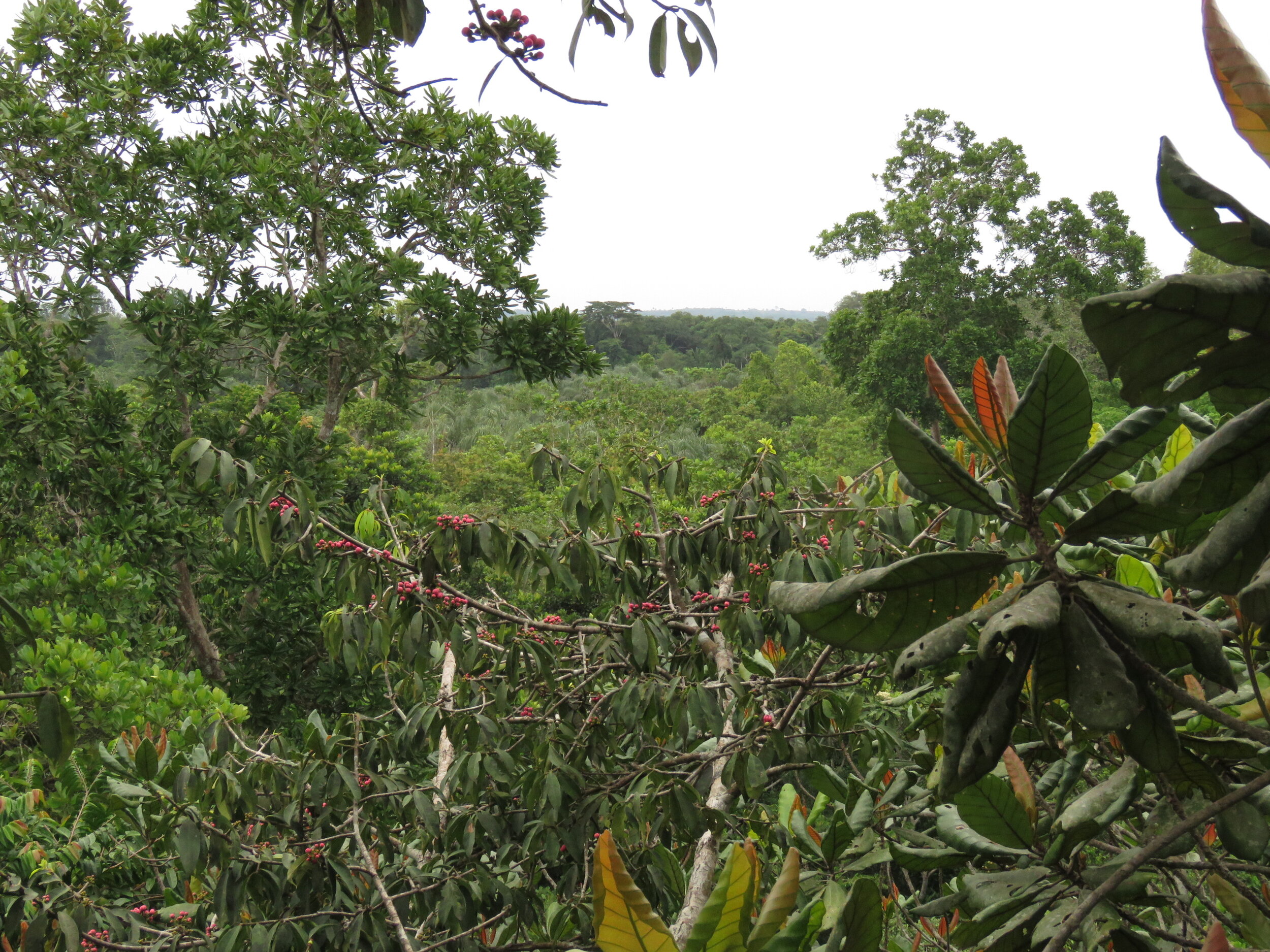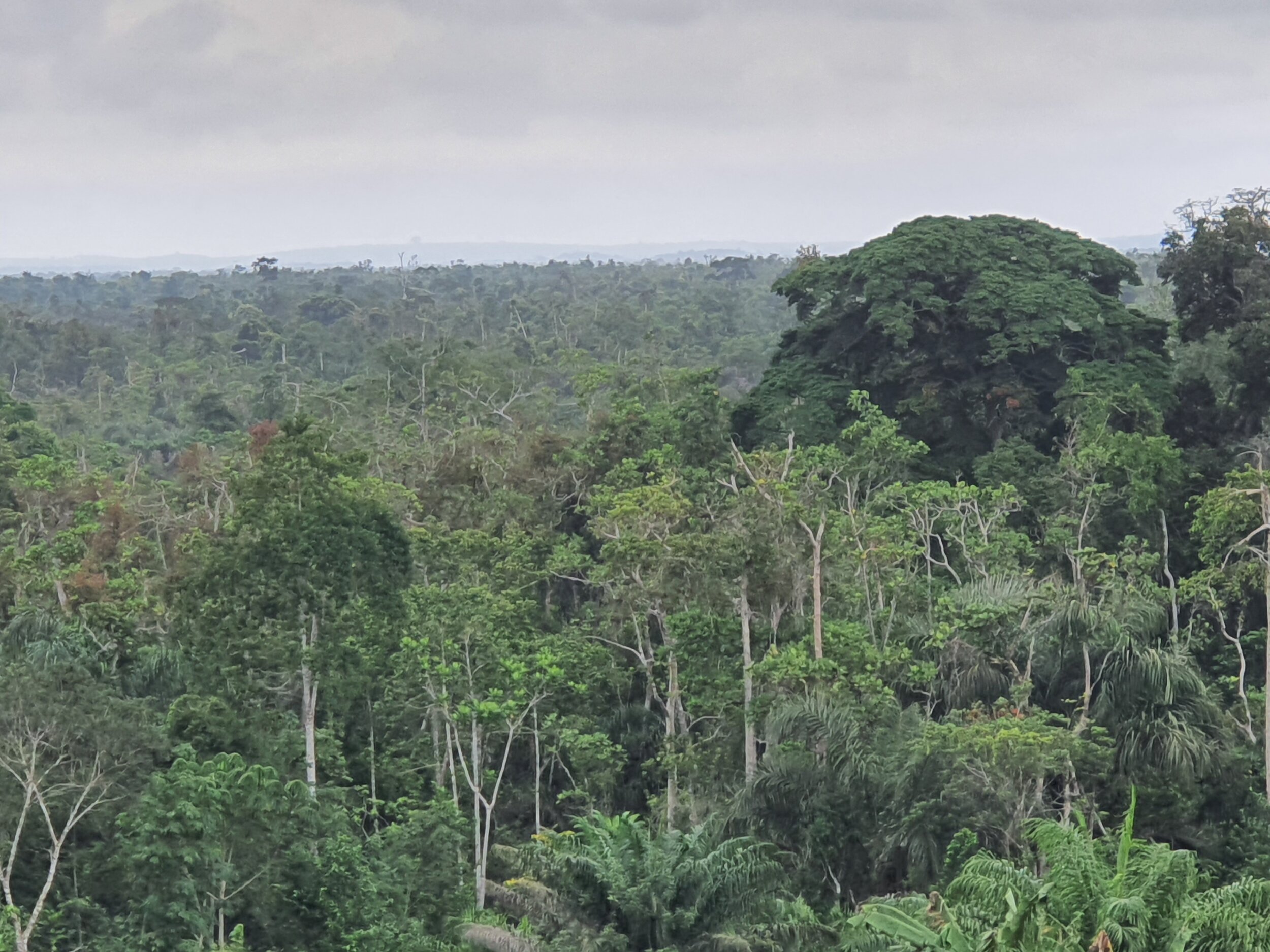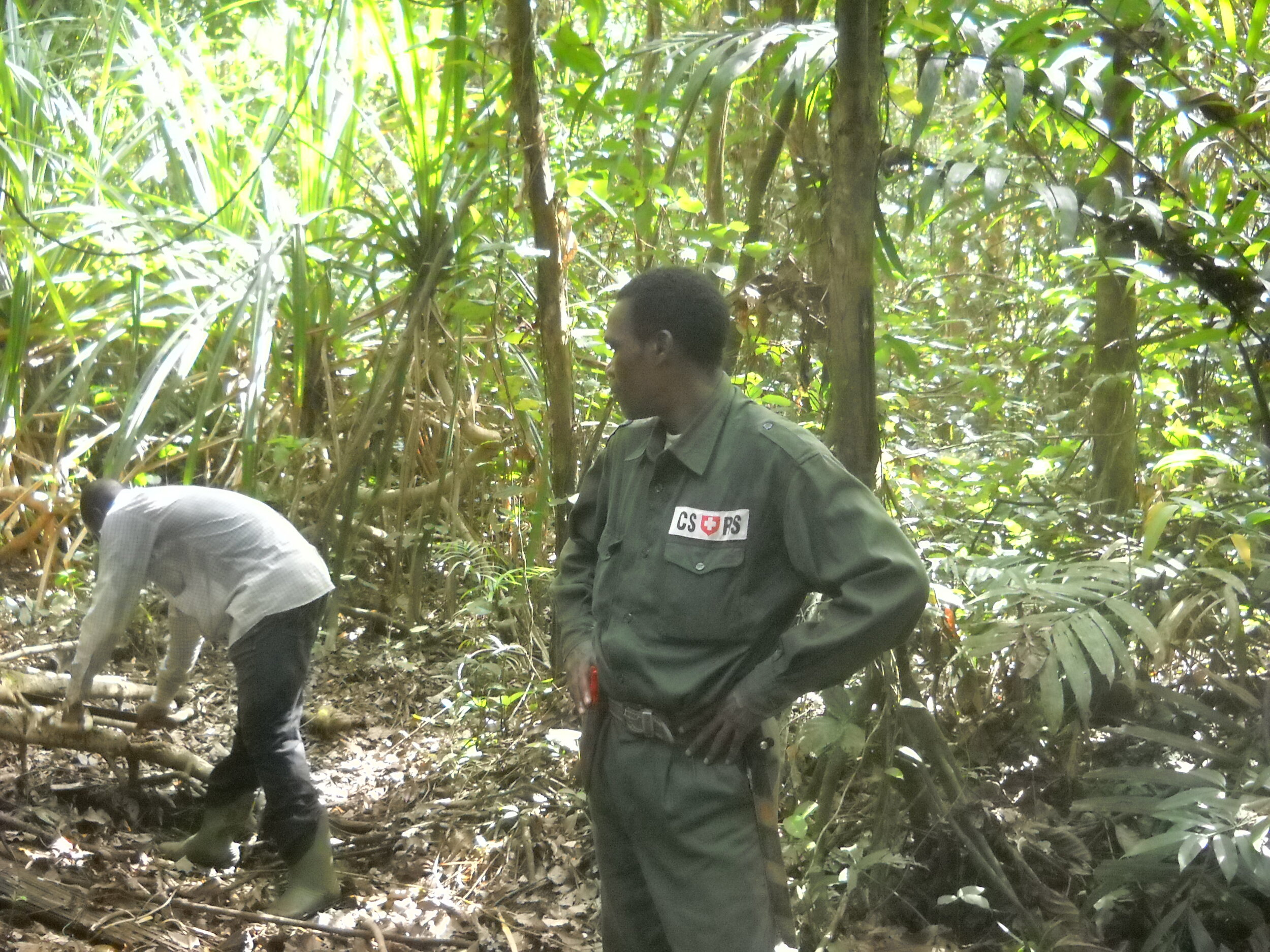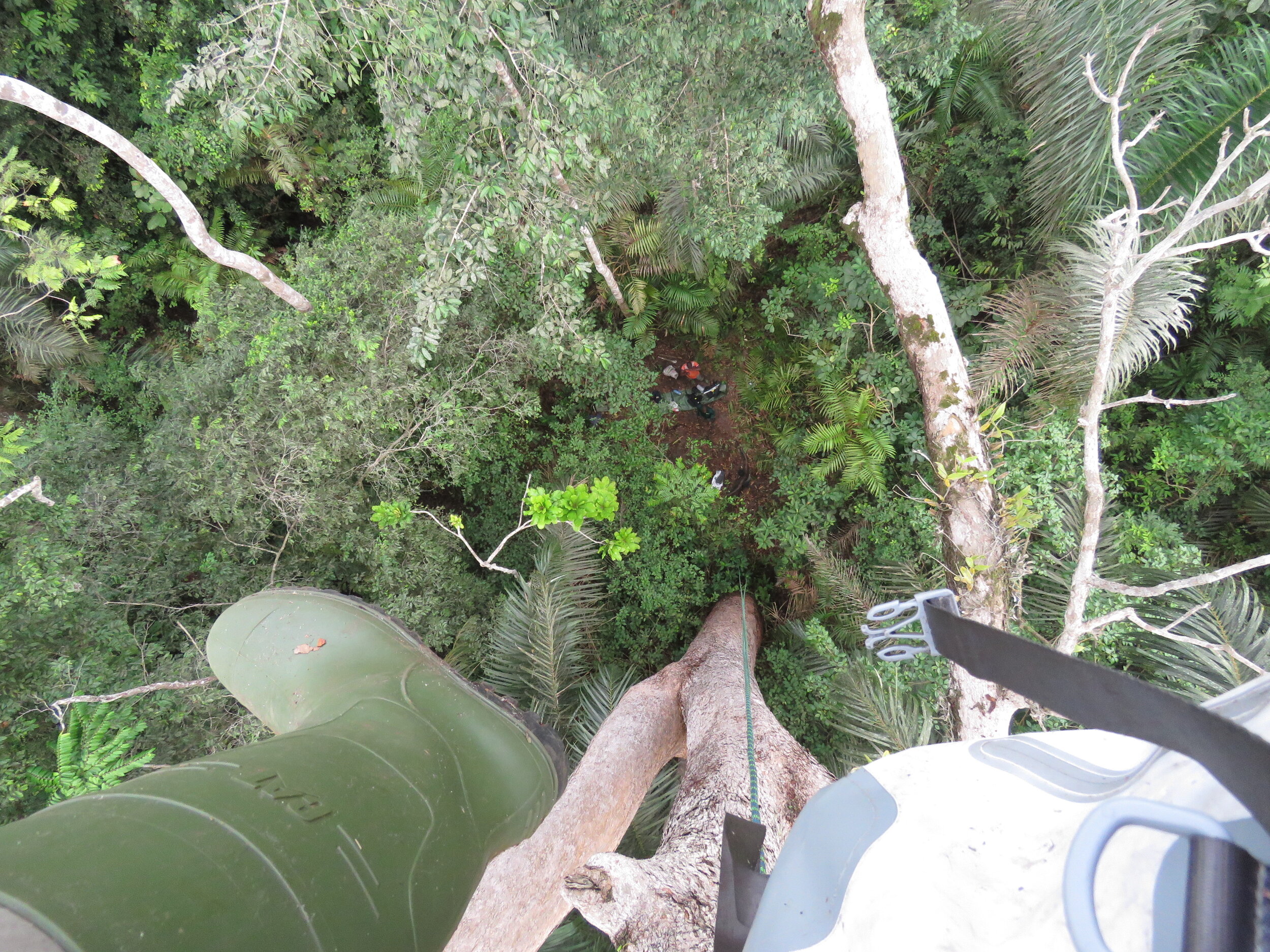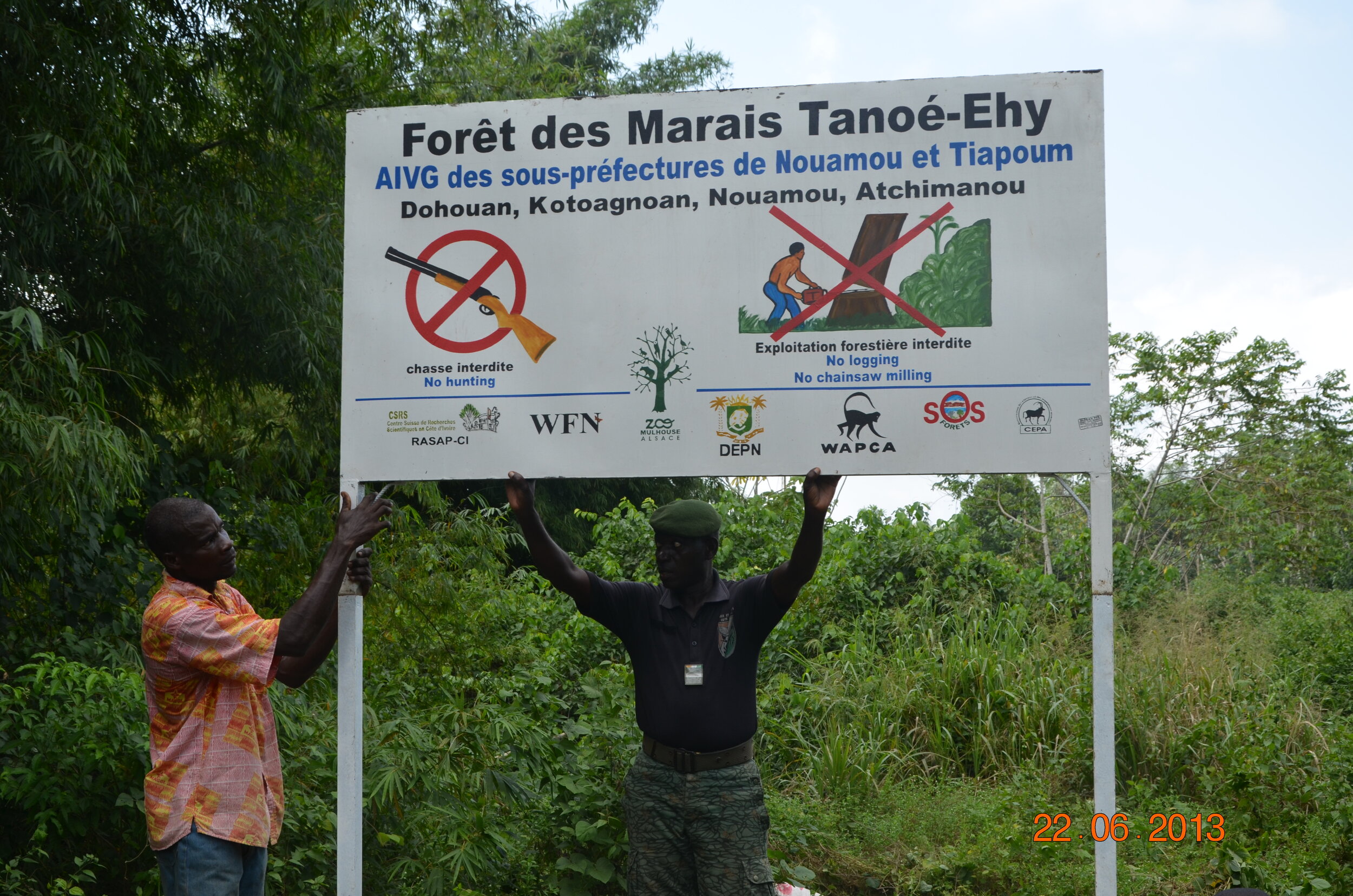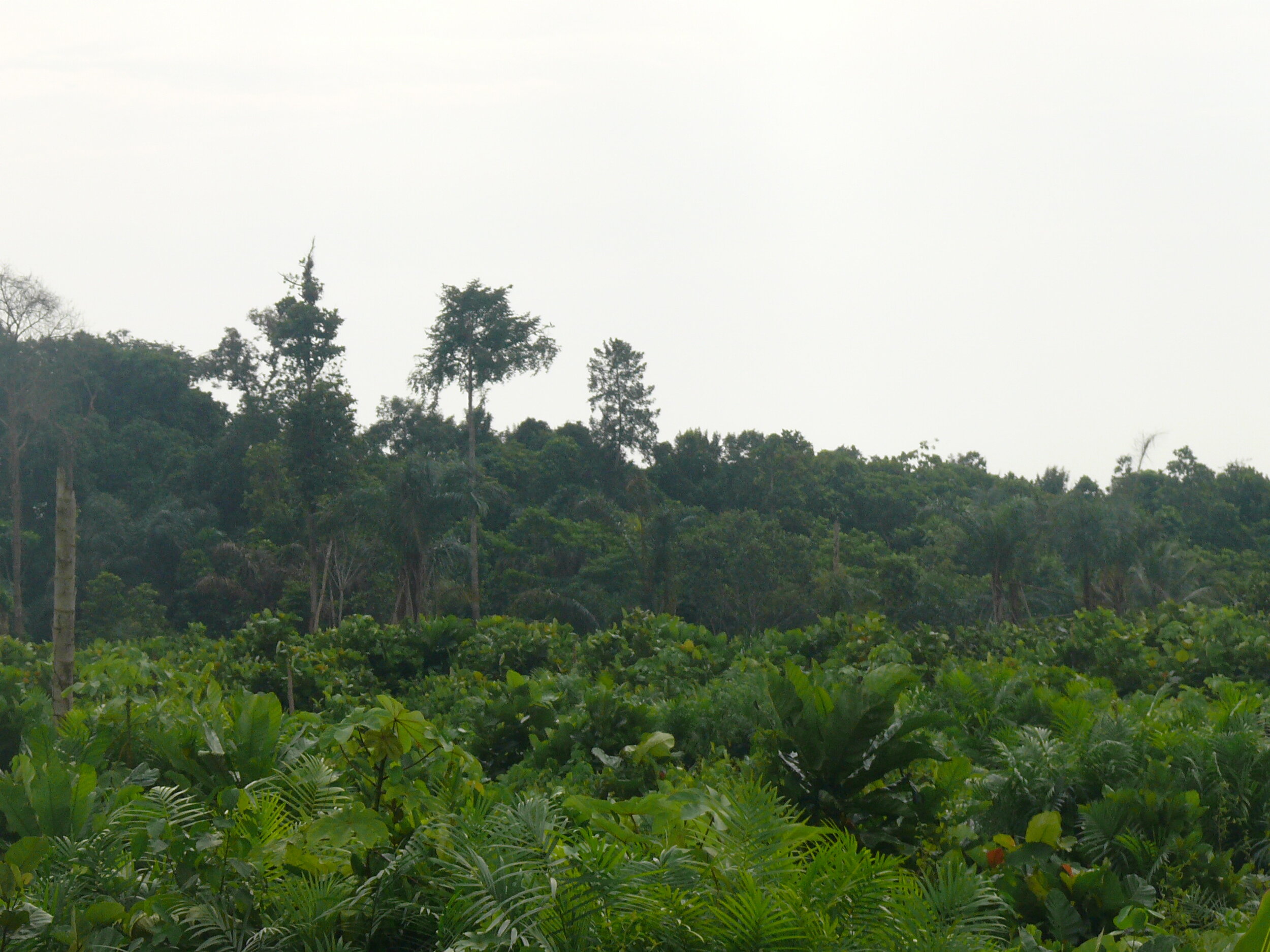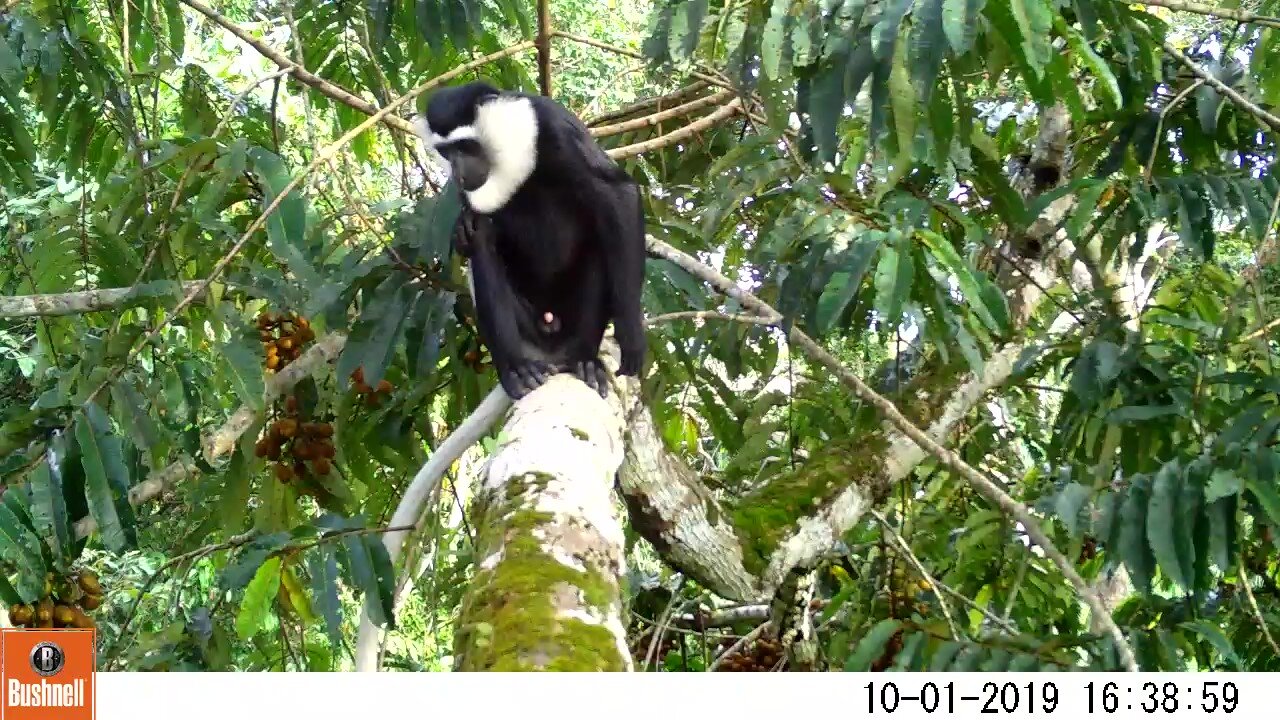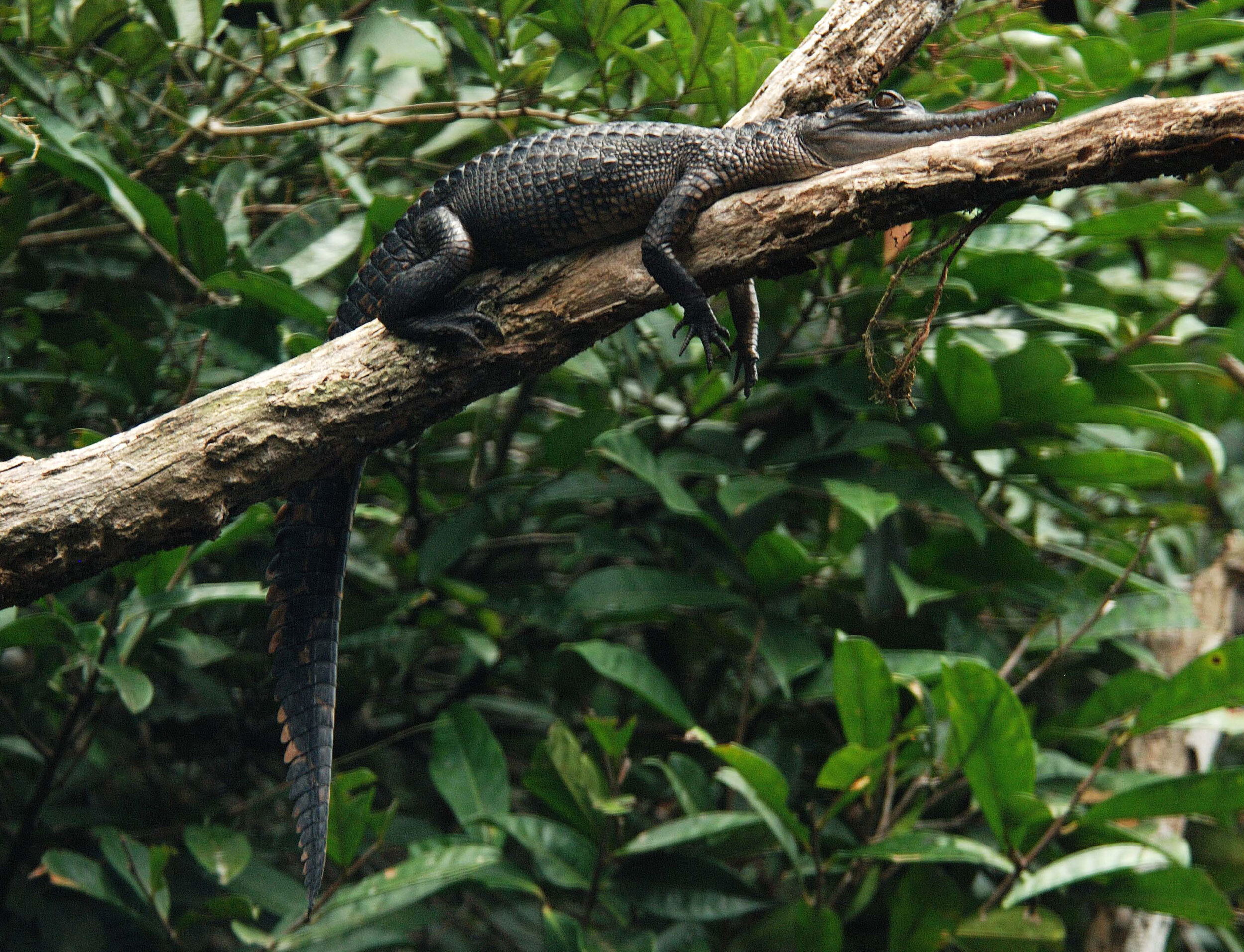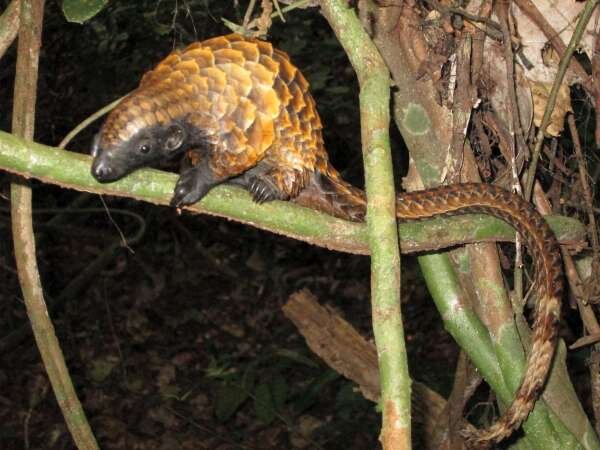
Tanoe-Ehy Forest
South-eastern Ivory Coast is a high priority area for primate conservation in West Africa. Home to one of the largest remaining tracks of rainforest in the country, Tanoé-Ehy supports three of the most endangered primates in the region: the Roloway monkey, the White-thighed colobus and the Miss Waldron's red colobus. These species are threatened by unsustainable forestry practices, conversion to oil palm and hunting for bushmeat by impoverished and ill-informed local communities. Beside primates, the Tanoé-Ehy forest houses at least 33 endemic and threatened plant species, two endemic fish species, ten endemic amphibians species and more than 19 bird species of conservation concern and provides critical resources and cultural values for neighbouring communities.
FCF has identified a multiple award-winning conservation program empowering eleven communities to protect their forests from conversion to oil palm plantations, cocoa farms, logging and mining projects. The project has several different components:
Sustainable agroforestry and the development of green value chains
Awareness raising and environmental education
Community organisation and capacity building
Biodiversity monitoring by local communities and additional interdisciplinary research
GRANTEE TEAM
The 11 villages are collectively the traditional owners of the forest. In 2006, they established a multiple level organization to ensure the conservation of the forest, and in 2009, the government established a National Committee entrusted with the designation process of the Tanoé-Ehy forest as a community-managed reserve. Finally, in 2021 the communities received official notification that they are the legal owners and stewards of the forest, ensured by the Wildlife Division of the Ministry of Environment. CSRS (the Centre Suisse de Recherches Scientifiques en Côte d’Ivoire), a research centre established in Ivory Coast since 1951, has worked closely with the communities since 2009 and has signed an agreement with them to help them manage the area. CSRS is the FCF Grantee, and will use funding to lead biological surveys, socio-economic studies, participatory development of forest management rules, fundraising, and supervision of forest demarcation by an official surveyor.
BIODIVERSITY
The Tanoé-Ehy Forest is one of the latest refuges for four of the most Endangered primates of West Africa: the Critically Endangered roloway guenon (Cercopithecus roloway - just 300 individuals left) and white-thighed colobus (Colobus vellerosus - approx. 195 individuals left), the Endangered white-napped mangabey (Cercocebus lunulatus - around 450 individuals left) and the possibly Extinct Miss Waldron’s red colobus (Piliocolobus waldroni - maybe just a few individuals left).
The Miss Waldron’s red colobus had been assumed extinct until Scott McGraw, a professor of primate anthropology at Ohio State University, surveyed Tanoe-Ehy forest in 2000 and 2001. While his team didn’t observe these species directly, they were presented with a monkey’s tail by a hunter that DNA testing suggested was Miss Waldron’s. Soon afterwards, they were sent a photograph of what was almost certainly a freshly killed waldroni, reviving hope of rediscovery. Since then, Inza Koné, chair of the African Primatological Society and FCF Grants Committee Chair has been tasked with searching for the species. So far, his team is still looking.
The Tanoe forest also houses the Vulnerable Olive colobus (Procolobus verus), important populations of the Critically Endangered slender-snouted crocodile (Mecistops cataphractus) and the Vulnerable black-bellied pangolin (Phataginus tetradactyla), at least 33 endemic and/or threatened plants species, 22 species of fishes, 274 species of birds including twelve of conservation concern and 38 species of amphibians including ten of conservation concern.
THREATS
The main threats are poaching (practiced by residents of Ivory Coast as well as by people coming from neighboring Ghana), logging, chainsaw milling, and small-scale agricultural clearing. The forest was once threatened by a plan for an industrial agricultural project but conservationists managed to stop this under the leadership of the CSRS team. At the moment, intended gold mining projects at the periphery of the forest represent new potential threats in terms of pollution of the Tanoé River and indirect threats to the Tanoé-Ehy Forest. CSRS and communities will be vigilant and take actions for that activity not to be allowed.
PROJECT ACTIVITIES
Community Organisation and capacity building
The training, running and monitoring of community-based conservation and development associations
Incentivising the associations through competition for an award for the three best associations
Biodiversity monitoring and surveillance
Training and equipping the biodiversity monitoring and surveillance teams
Running patrols
Conducting surveys using patrol and camera trap data
Awareness raising and public outreach
Publication of newsletters and special broadcasting on local radio
Hosting an annual Primate Conservation Festival
Developing visual communication materials (e.g. T-shirts, posters, banners, signboards etc.)
Agroforestry and alternative livelihoods
Establishing botanical gardens to restore degraded lands for education and conservation
Restoring trees in 10 ha of farmland in each village to increase farm resilience, habitat connectivity and carbon storage
Restoring a buffer zone along the edge of the forest to further protect native species from edge effects
Promoting alternative livelihoods and diversified sources of income through vegetable farming
Building infrastructure
Building a weather station, biomonitoring camps, a research station water tower and storage rooms
The purchase of tree climbing equipment, teaching equipment and project vehicles
Establishing a transboundary conservation area
Hosting a joint workshop with Ghanaian villages
Exchange visits for community leaders
QUICK STATS
Area: 10,817 ha
Carbon saved annually through avoided deforestation: 123,462 T CO2. Note that we can provide carbon credits from this project for US$10/tonne.
Threatened Wildlife: roloway guenon, white-thighed colobus, white-naped mangabey, slender-snouted crocodile and the black-bellied pangolin
Grantee: CSRS (Research Institution)
Remaining budget to fund: US$ 326,480
Funding status: 10% funded through the Pond Foundation’s My Carbon Zero and Individual Donors
Commodities in this landscape: Cocoa, coffee, coconut, palm oil, timber, gold

